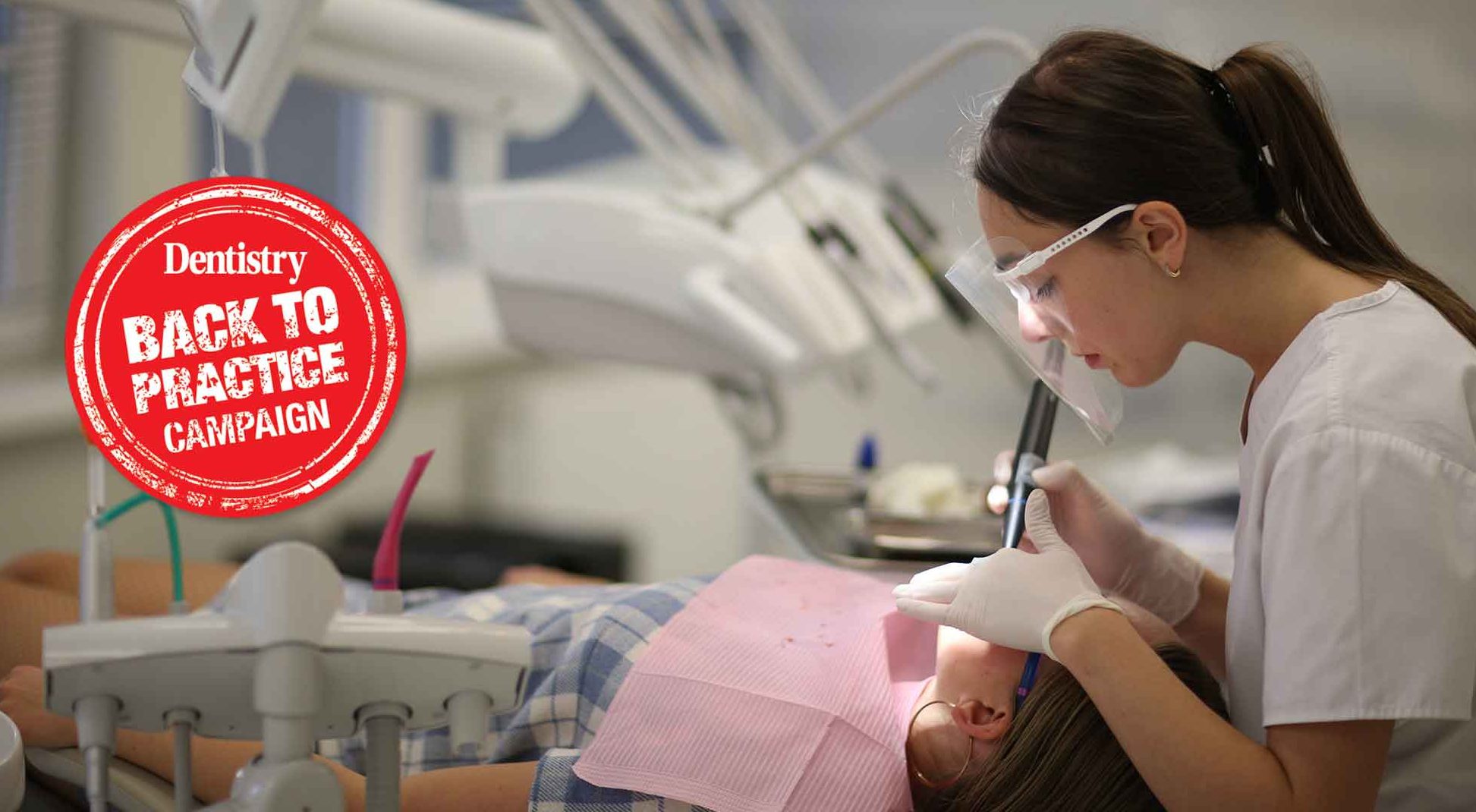 Richard Scarborough looks at how practices can begin to recover from a crisis. Before focusing on the role of patient finance in bringing patients back through the door.
Richard Scarborough looks at how practices can begin to recover from a crisis. Before focusing on the role of patient finance in bringing patients back through the door.
In the midst of a crisis or disaster, it’s always important that your continuity plan contains a recovery phase.
While, understandably, attention and resources will initially focus on what you need to do to deal with the crisis in the short term, once you are through the initial period it’s wise to plan for the long term. Consider what steps you can put in place to aid your practice’s recovery and future growth. In the past, how often have you found yourself working in your business, with no time to work on your business? Think about those things that you’ve always wanted to implement. Those things that you are seeing and hearing that are perhaps making some practices more resilient than others. in these challenging times.
A return to normality
Following the spread of coronavirus, the way dental practices operate had to adjust and change dramatically.
In the midst of such unprecedented circumstances it can be hard to envisage a return to normality. But normality will return and with it so will your regular services and patients.
Those patients who had been considering treatments such as teeth straightening or implants before the pandemic, most likely put those plans on the back-burner, not least because practices were unable to provide such services.
Once the pandemic is over, there will be many postponed or cancelled appointments for regular check-ups that need rebooking. There will undoubtedly be a high demand from patients. Particularly from those suffering but perhaps have been unable to access the urgent care centres. But there will also still be those patients who wanted more aesthetic or complex treatments.
As part of your recovery phase of business planning, it’s worth considering how you will market to those patients too.
Given these kinds of treatments are at the costlier end of the spectrum and the fact that patients might have a different view on their personal finances as a result of coronavirus, making them aware of any patient finance options that you offer may enable them to go ahead with the treatment they want and/or need.
Patient finance options
No doubt, once a level of normality resumes, practices will communicate this with their patients and marketing their reopening for non-emergency services, etc.
Alongside that, once it is appropriate, marketing your patient finance options will also help to attract patients back through the door and into the practice.
As I mentioned, some patients may dismiss the idea of having the treatment they had been planning. Possibly due to a change in their income as a result of the pandemic. For others it may have simply fallen off their radar as they dealt with more pressing issues. Particularly if it was an elective treatment or for aesthetic reasons.
In these instances, visibly marketing that you offer patient finance for such treatments, such as on your social media channels, website, or posters in the window of the practice, may help them to realise that there is still a way for them to go ahead. Not all patients will know that you offer finance. Even if you have told them before and have posters in the waiting room, regular reminders are always a good idea.
The lender pays the practice upfront, at the start of treatment. There is no need to collect future payments and no risk of not paying the practice. This can be really positive from both a financial and patient relationship point of view. It enables the practice to concentrate on delivering the treatment rather than needing to have further conversations about money. Such as chasing the patient for payments. In my experience chasing ‘bad debt’ is one of the most loathed of practice tasks.
Communication
The key to success is being clear in your communication with your patients. Remember that things that are obvious and natural to you, may not be to them.
This is important not just during a crisis, to tell them about any changes, ie moving to an emergency-only service with reduced staff, but also in the aftermath as things start to recover, as you and they adapt to the new norm and you can begin moving back towards a normal service offering.
It is sometimes hard to think about recovery and normality when in the midst of such a huge challenge. Especially one such as COVID-19, which many describe as the biggest test to the world since World War 2. However, it’s important to remember that normality, albeit may be a slightly different version, will once again resume. History has taught us that.


